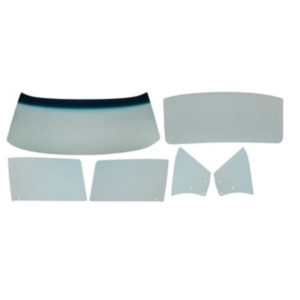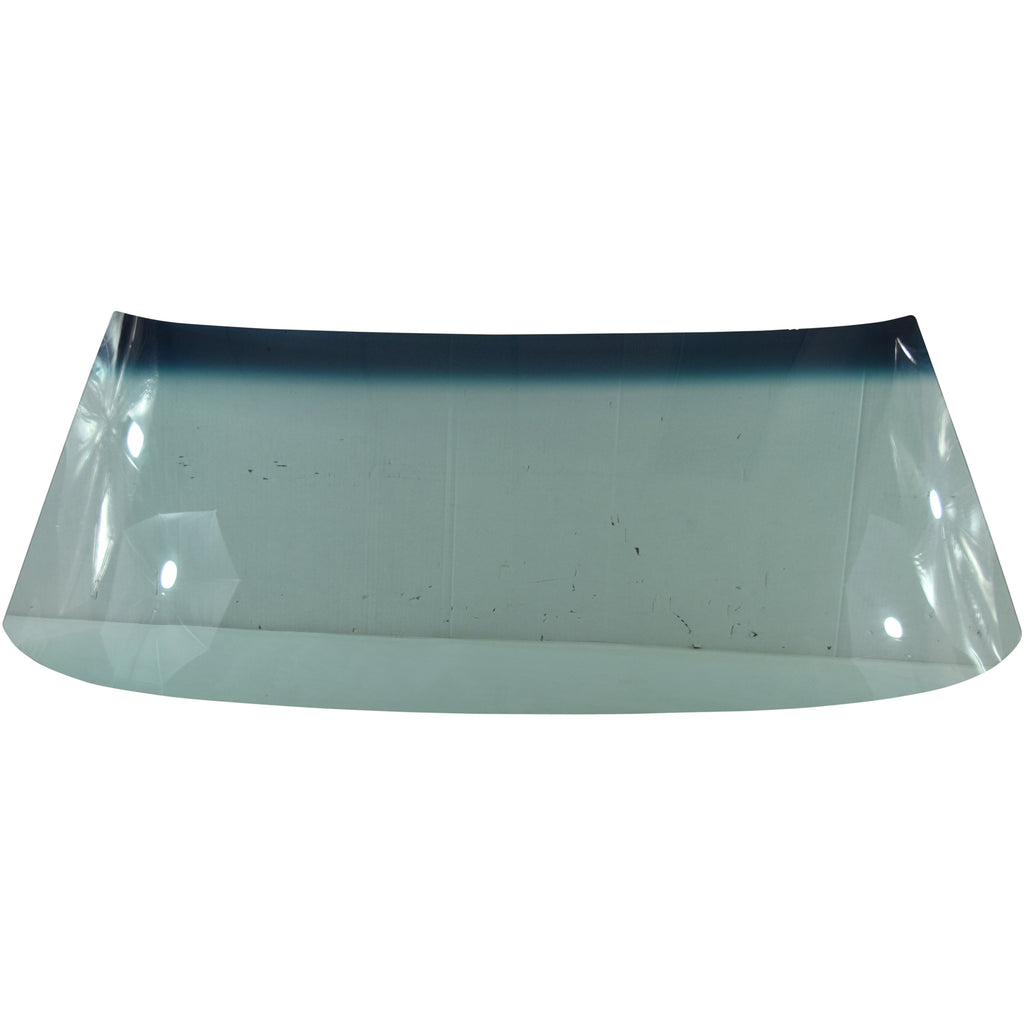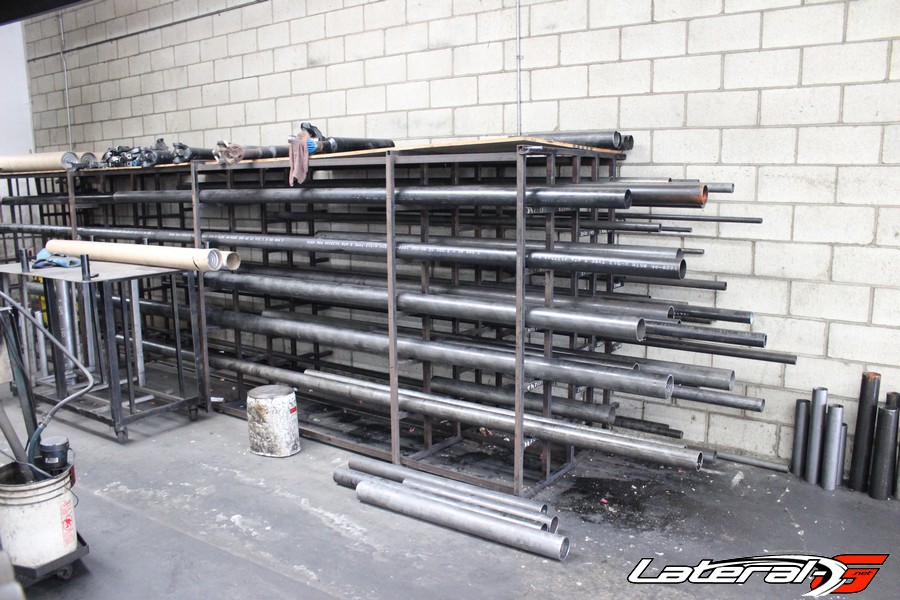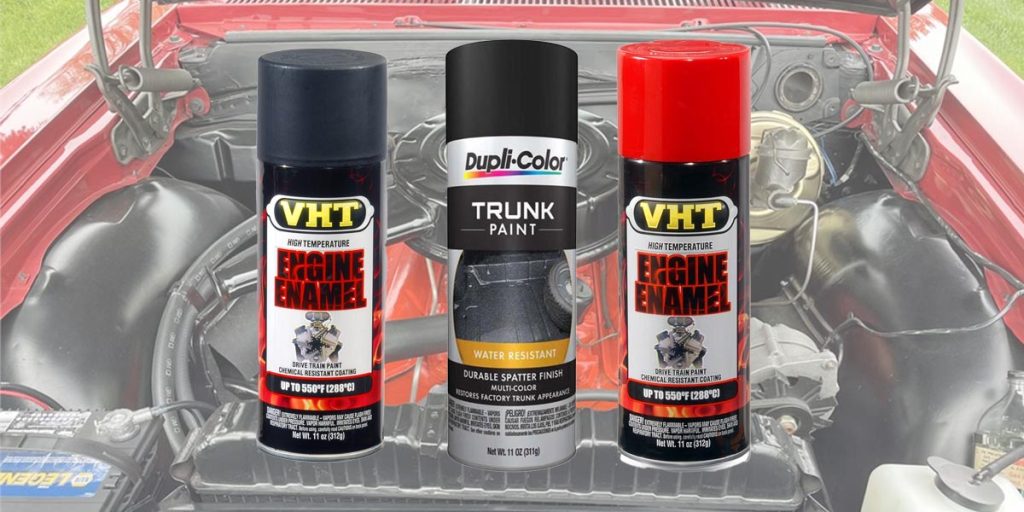Auto glass is an important component in any vehicle, providing structural support, aerodynamics, and contributing to safety and comfort. Over time, the industry has advanced from basic glass to laminated and tempered glass, which improved safety in the event of an accident. These materials are designed to prevent shattering and reduce injury risk.
Types of Auto Glass
There are two main types of auto glass:
- Laminated Glass: Used in windshields, it consists of two layers of glass bonded by plastic. This prevents shattering and keeps the glass intact during impact.
- Tempered Glass: Found in side and rear windows, this glass is heat-treated and shatters into blunt, small pieces on impact, minimizing injury.
Importance in Classic Cars
For classic cars, auto glass serves the same vital purposes as it does in modern vehicles but often comes with added challenges. Older vehicles may have outdated or less safe glass, making replacements or upgrades to laminated or tempered glass a great upgrade. Glass that’s 50 years old can often have lots of light scratches making it harder to see out of.
Auto Glass and Safety
Beyond offering protection from debris, wind, and rain, auto glass also supports other safety features. The type of glass used is also a safety factor.
One reason the front windshields are laminated instead of tempered is so that they don’t allow somebody to go through the windshield. Another reason is that if it does break from something hitting it, there aren’t thousands of tiny pieces of glass flying at you.
Maintenance and Repair
Auto glass in any vehicle is prone to damage from road debris or weather. Small cracks or chips can usually be repaired quickly using resin from a repair kit. For larger cracks, replacement is often required. Classic car owners should ensure that the glass they use is either original or high-quality aftermarket glass that fits properly and supports the vehicle’s structure.

Seasonal Care for Vintage Cars
Temperature extremes are especially harmful to the glass in classic cars. Cold can cause cracks to expand, while heat can warp glass, particularly in classic models where older glass is more fragile. Using car covers and parking in shaded areas can help protect the glass from weather-related damage.
Auto Glass Tinting and Legal Considerations
Adding tint to your vintage car’s windows can protect the interior from sun damage and reduce heat buildup. However, it’s important to check local regulations, as tint laws vary. For classic cars, you can usually order glass with a ‘smoked’ or ‘green’ tint from the factory.

Glass Innovations for Classic Cars
Though classic cars are typically restored to their original condition, there isn’t much innovation for glass with classic cars. However, there are some things you can do to help make the glass safer.
On most classic cars, the front windshield is either held in place with butyl rubber or a rubber gasket. While these methods generally work fine for keeping out water and dirt, they aren’t the best for keeping passengers in.
In the event of a head-on collision and the passengers are pushed towards the windshield, that windshield can pop out fairly easily. If you use glue or epoxy to install the windshield this will help hold it in place.
Auto glass plays a key role in modern and classic cars’ structural integrity and safety. From helping to prevent roof collapse to providing protection from debris, it’s a piece of the car that needs proper maintenance and repair.
If you need any new glass for your classic Chevelle, Camaro, Nova, or G-Body, hop on over to SS396.com or give our friendly techs a call at (203) 235-1200!





